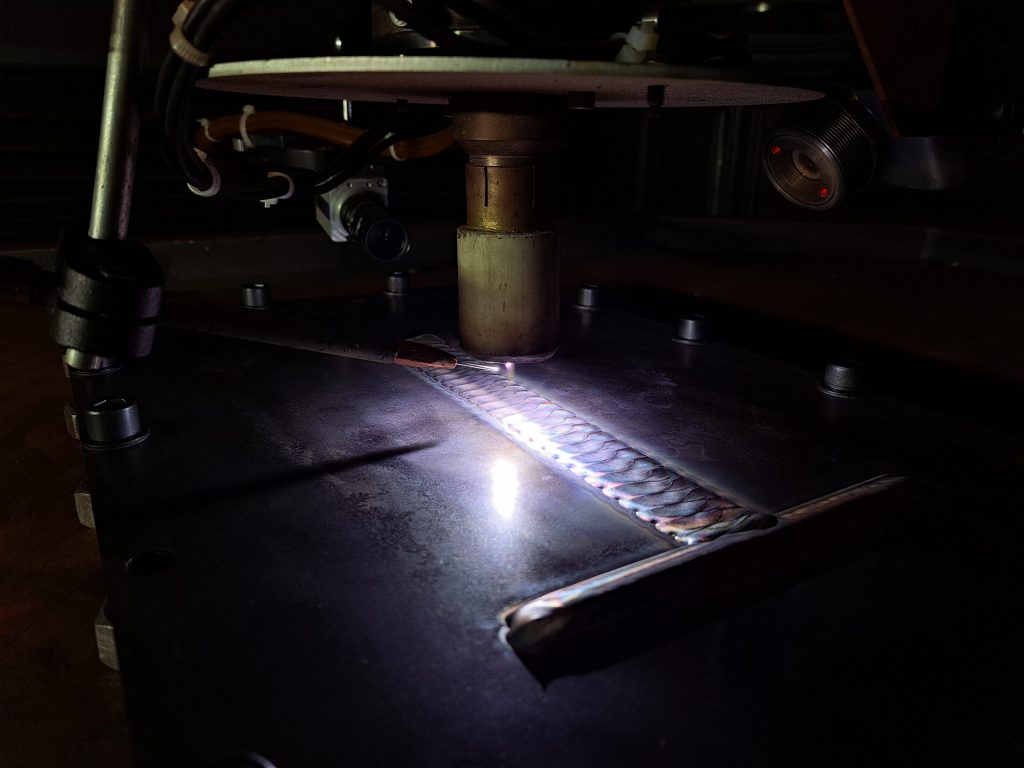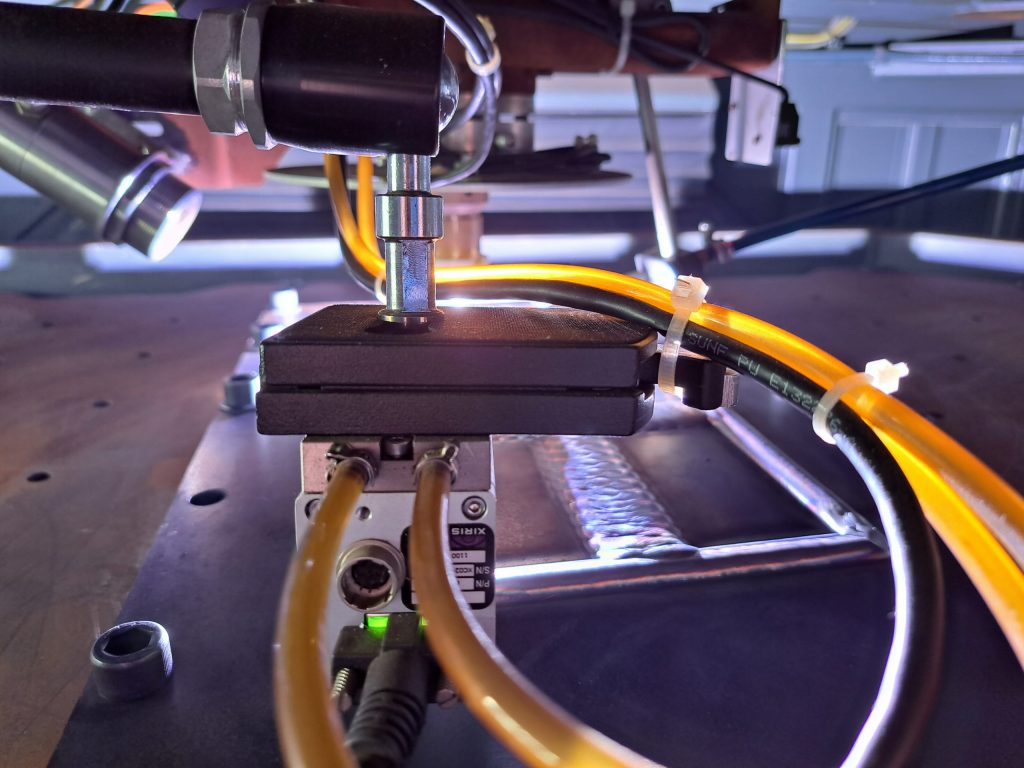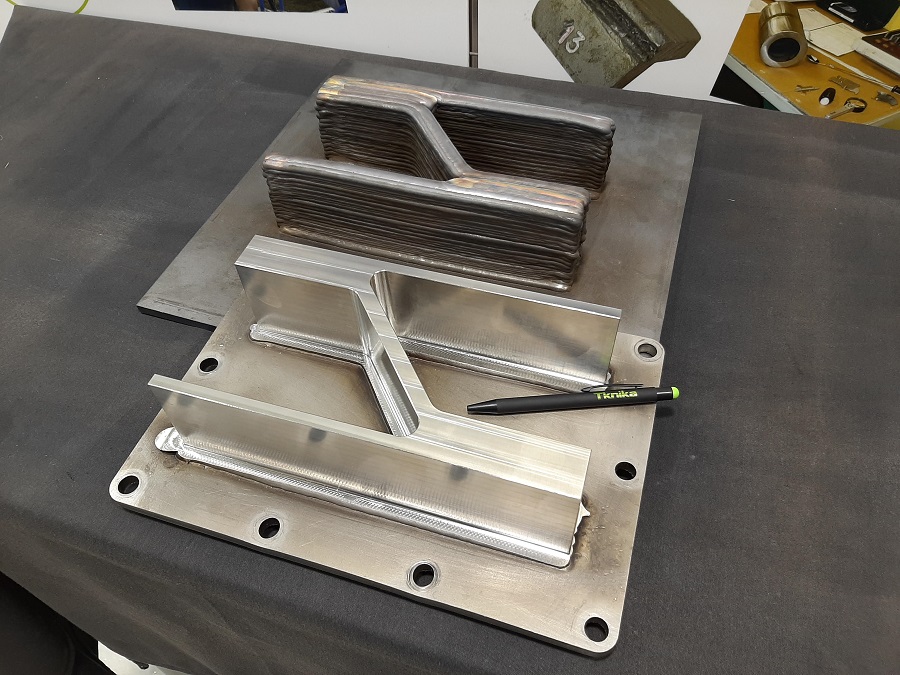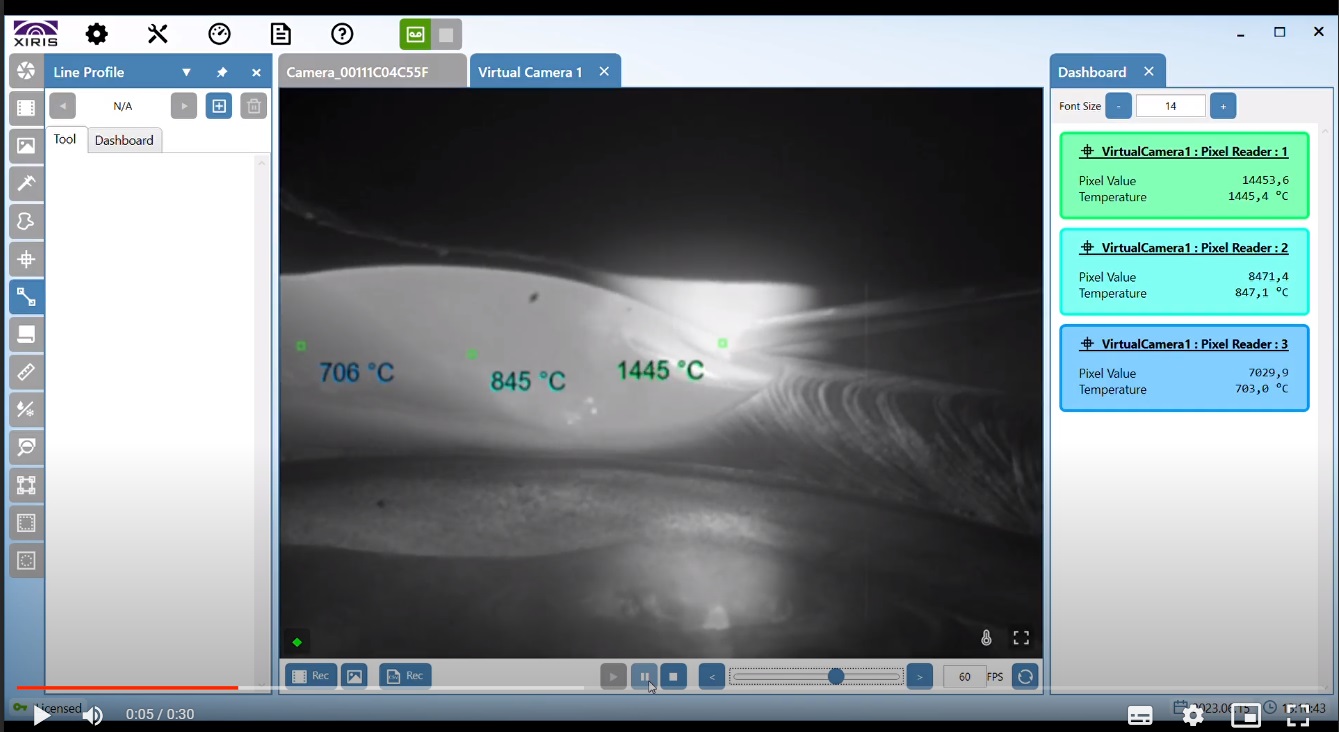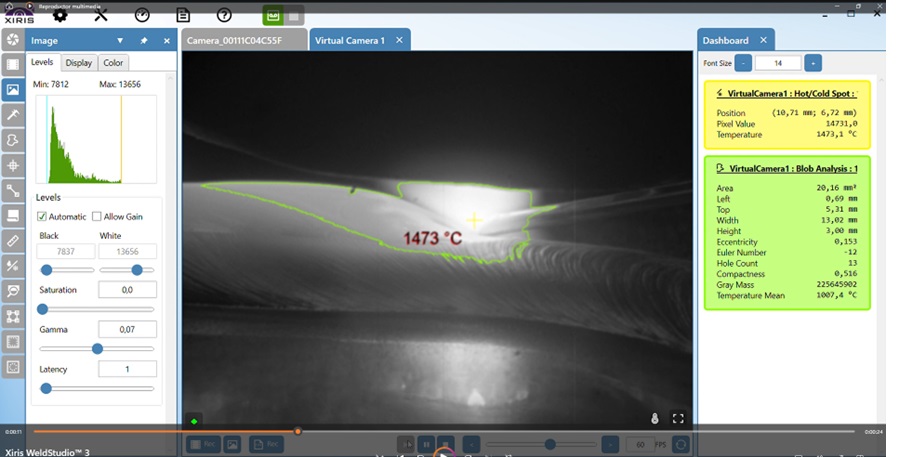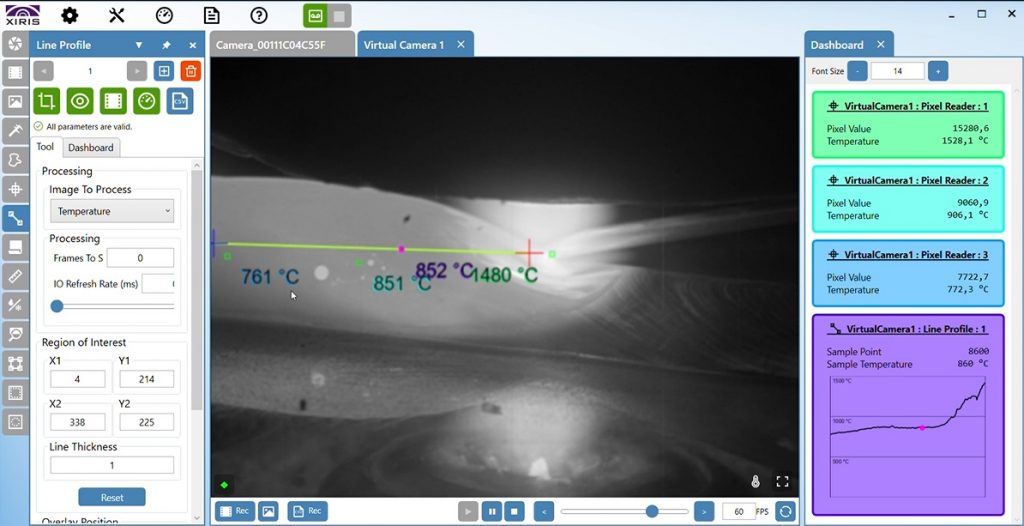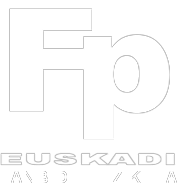Monitoring of DED-Arc metal additive manufacturing processes using infrared thermography.
This post is also available in the following languages: Euskara, Español
Wire arc additive manufacturing (WAAM), now called directed energy deposition-arc (DED-arc), is part of a group of processes known as DED (Direct or Directed Energy Deposition). In this method, metallic wire is melted using an electric arc to create a melt pool of liquid fusion. As a result, the pool solidifies, forming the deposited material. The formation of layers is carried out according to programmed trajectories, giving shape to the final piece. The properties and behavior of this melting bath vary depending on its position and its temperature gradient, which changes as the solid formed acquires an increasingly higher temperature.
It is easy to anticipate that this process, like welding, should be considered a “special process” due to the diversity of variables involved. Its successful application not only requires specialized procedures, but also real-time monitoring systems to ensure the correct development of the manufacturing process of the target part.
In monitoring technologies, certain methods rely on measuring infrared radiation. This can be achieved through point-measurement thermometers, commonly known as pyrometers, or via cameras that not only offer specific temperature readings but also capture images of the entire melting bath area. These cameras provide accurate information about individual points within the measured area and the size of different zones within various temperature ranges.
The great possibilities of vision and thermographic cameras in applications such as Metal Additive Manufacturing was one of the notable trends that we observed during the last edition of the Industrial Welding Fair (Schweissen & Schneiden), an event held every four years at the German city of Essen. Another notable trend was the significant increase in the adoption of collaborative robots, for a wide range of applications in the field of welding.
The possibilities offered by these cameras are great, since, in addition to providing online control of the process, they allow the acquisition of various types of data, such as temperature points, areas and gradients between points. This data is recorded for later analysis, which makes it possible to identify trends, operating patterns and possible problems that could arise during the manufacturing of the parts.
In conclusion, Wire Arc Additive Manufacturing processes not only demand advanced monitoring technologies to guarantee the proper development of the work and its industrial viability, but they also emerge as ideal processes for the application of Artificial Intelligence and Machine Learning techniques on complex manufacturing models.
